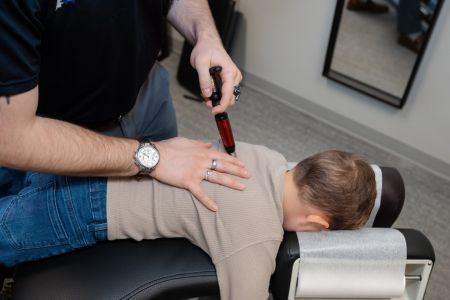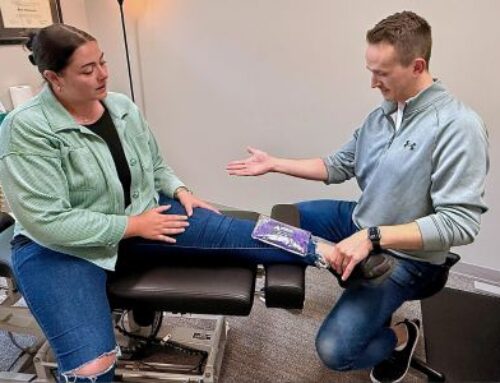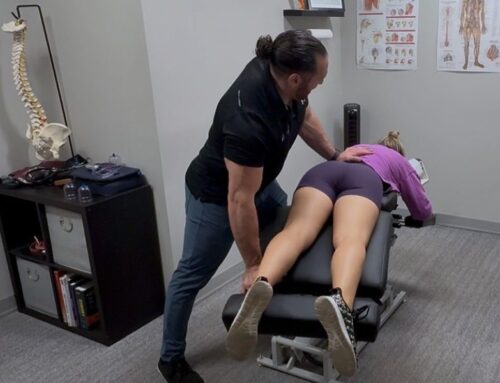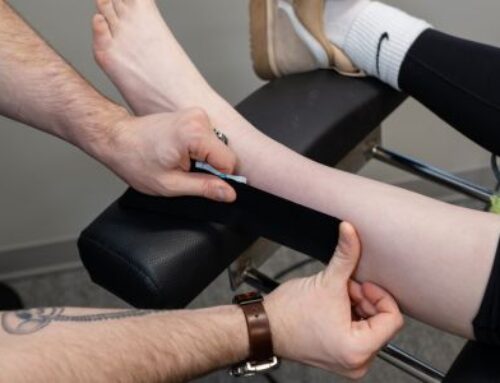Scoliosis progression and stabilization are key concepts in managing idiopathic adolescent scoliosis (IAS), a spinal condition that affects children during puberty and can worsen quickly if not monitored and treated appropriately. If you’re new to the topic, you may also want to read another blog post, Idiopathic Adolescent Scoliosis: Causes, Symptoms, and Treatment.
Understanding how scoliosis changes over time—especially during periods of rapid growth—helps parents and patients make more informed treatment decisions. Recognizing when the condition is likely to progress and when it typically stabilizes allows for more proactive, personalized care.
The Importance of Growth Phases and Skeletal Maturity
Scoliosis progression tends to accelerate during adolescent growth spurts—especially between ages 10 and 14. During this time, the spine is grows rapidly, and any existing curvature can worsen. This phase is when IAS is most likely to require intervention.
As growth slows and skeletal maturity is reached, the risk of curve progression decreases significantly. That’s why early detection during the growth phase is critical for effective scoliosis management.
Using the Risser Sign to Track Scoliosis Progression and Stabilization
The Risser sign is a key diagnostic indicator used to estimate skeletal maturity and predict scoliosis progression. Learn more about the Risser sign in this article. It measures the ossification of the iliac crest (top of the pelvic bone) seen on an X-ray and is graded from 0 to 5:
- Risser 0–1: Indicates early development; high risk of curve progression.
- Risser 2–3: Moderate skeletal maturity; risk is lower.
- Risser 4–5: Signifies full skeletal maturity; curve progression is unlikely.
Tracking changes in the Risser sign over time helps providers assess whether a scoliosis curve is still progressing or has stabilized. Most adolescents reach skeletal maturity (Risser 5) between ages 16 and 18.
Factors That Influence Scoliosis Progression
Several factors determine how scoliosis progression and stabilization unfold:
-
Age at diagnosis: The younger the child, the more time for potential progression
-
Curve size: Larger curves tend to worsen more
-
Curve location: Thoracic curves progress more often than lumbar ones
-
Sex: Bio-sex females have a higher likelihood of progression
Understanding these risk factors helps providers and families predict how scoliosis may evolve over time.
When Scoliosis Stabilizes and Why It Still Matters
Scoliosis is considered stable once skeletal maturity is reached—typically indicated by Risser 5. At this stage, curve progression usually stops. However, even a stable curve can cause muscular imbalances, postural strain, and chronic discomfort.
That’s why conservative care still matters after scoliosis stabilizes. Treatments such as chiropractic adjustments, corrective exercises, and soft tissue therapy can improve function and reduce symptoms.
Why Scoliosis Progression and Stabilization Matter
Understanding scoliosis progression and stabilization helps families stay ahead of the curve—literally. By identifying scoliosis early, monitoring skeletal maturity, and working with experienced providers, families can better support their child’s spinal health.
Regular check-ins, especially during growth spurts, combined with proactive care, can lead to improved outcomes and quality of life. Knowledge truly is power when it comes to scoliosis.
Take the Next Step in Managing Scoliosis Progression and Stabilization
If your child has been diagnosed with idiopathic adolescent scoliosis, chiropractic care can play an essential role in managing the condition. We provide personalized care, including spinal adjustments, soft tissue therapy, and rehab exercises aimed at symptom relief and reducing the functional impact of scoliosis.
Schedule an appointment today to learn how we can help your child maintain spinal health through every phase of development.





